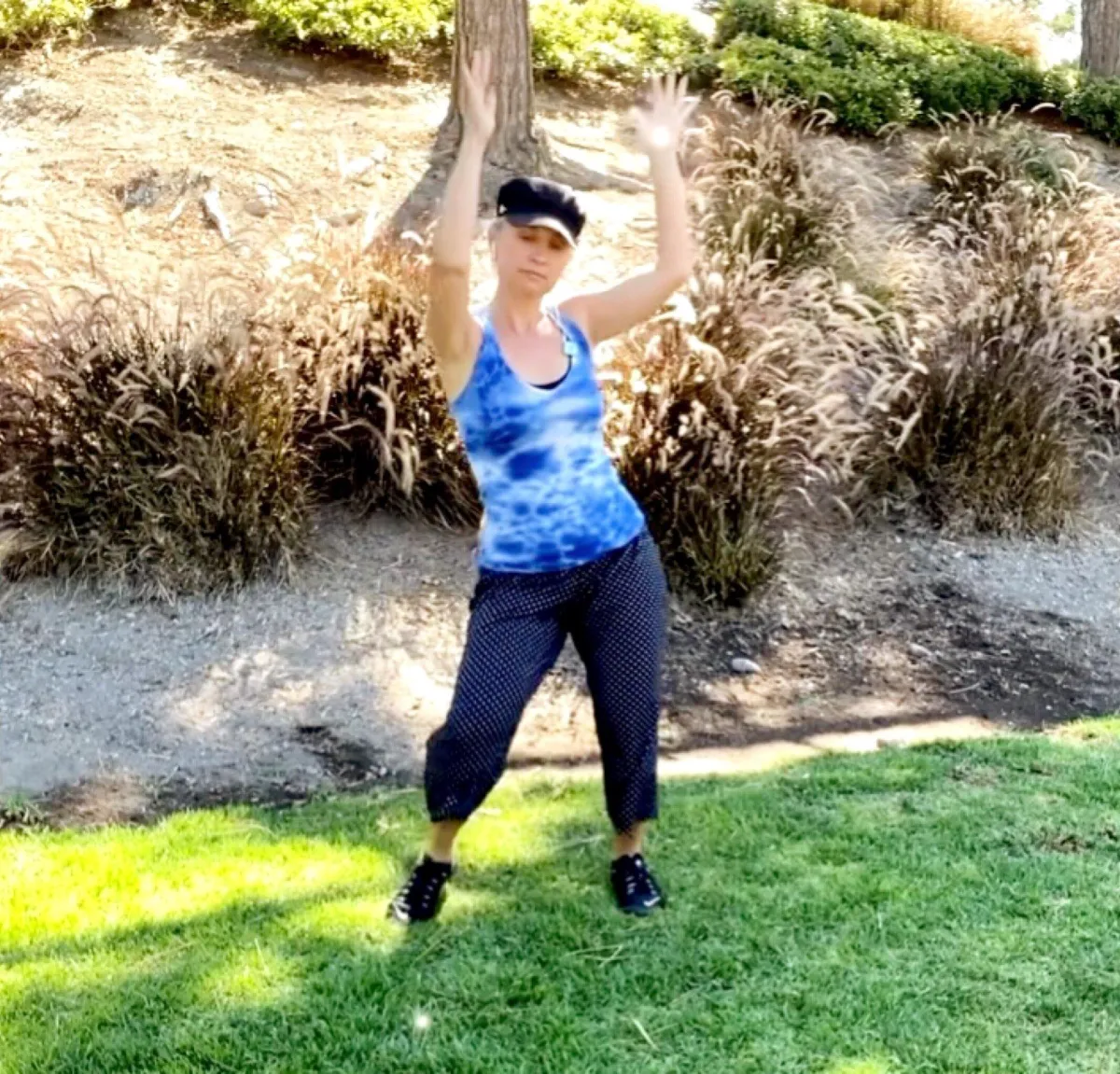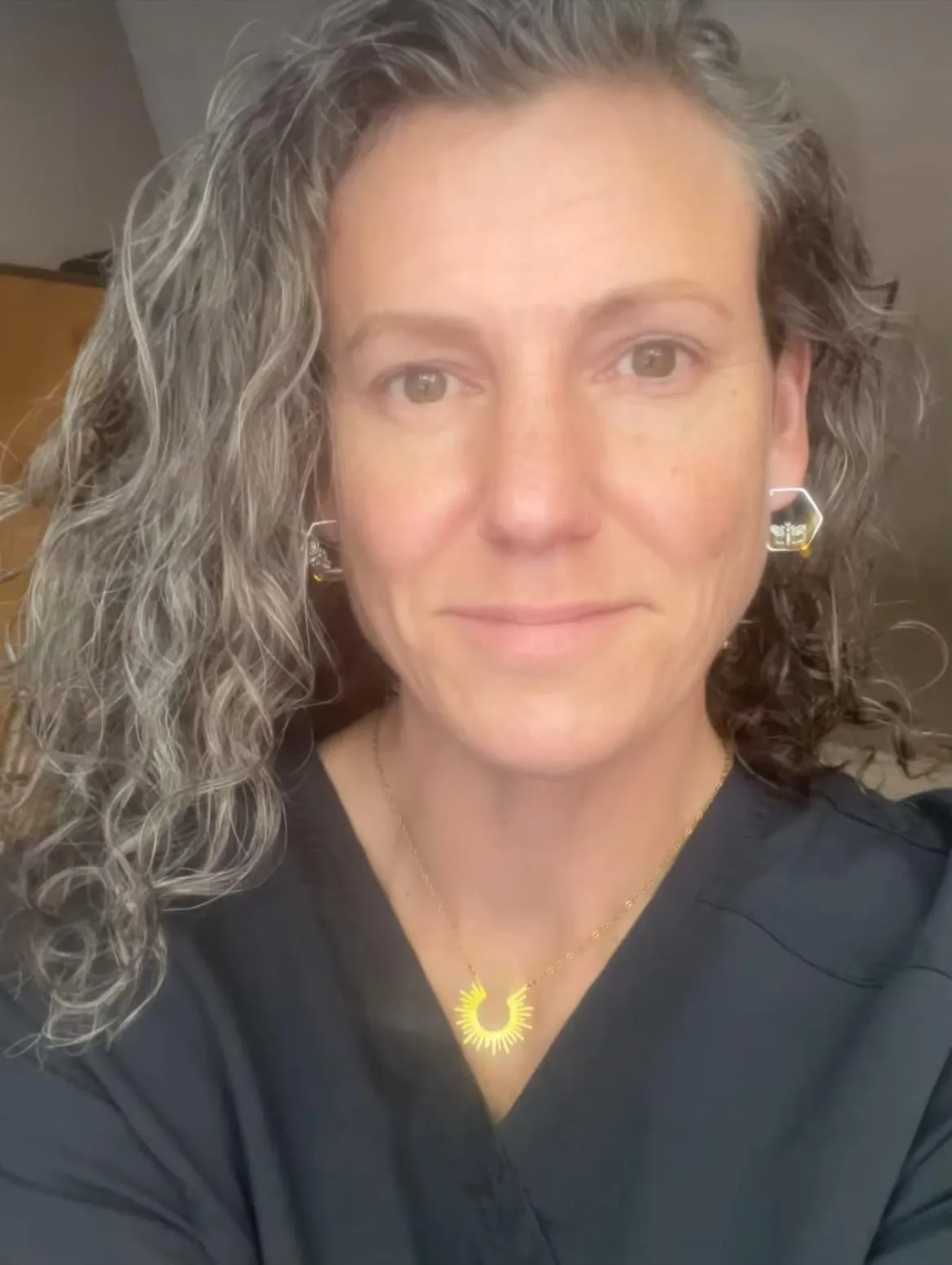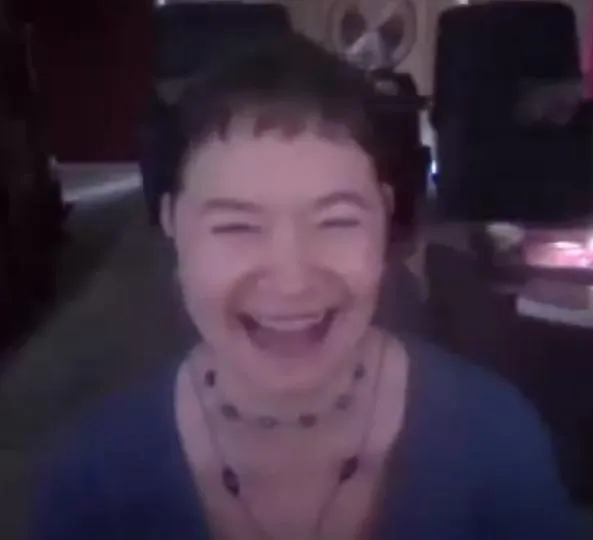Step into your power with
somatic-spiritual healing
Guiding women and mothers to heal,
reconnect with their feminine essence,
reclaim their bodies and inner strength,
and embody self-love
through trauma-informed:
🌀 dance therapy
🌀 core-pelvic recovery
🌀 somatic-spiritual coaching
Welcome to
Morgyn Danae Wellness
If you're a dancer at heart, a creative soul, empath, mother, or caregiver seeking deep healing and lasting transformation—you’re in the right place.
I guide women to reconnect with their feminine essence, release long-held trauma, and embody deep self-love.
Through a trauma-informed blend of somatic and spiritual practices—including dance therapy, core-pelvic recovery, breathwork and corrective breath coaching, meditation, and gentle lifestyle shifts—you’ll return home to your body, center, and soul.
This is a path of grace, passion, and power. Let’s co-create your healing journey—one that restores your vitality, balance, and beauty from the inside out.
I'm passionate about healing through dance, somatic wisdom, and soul connection—because I’ve lived the healing journey myself.
🌀🌀🌀


How can I support you?

1:1 Coaching Program "Fire in the Belly"
for Women 40+ & Mothers (Prenatal/Postnatal)
Virtual
Aon Wellness Center in Falmouth, Maine
House Calls (Portland, Maine Area)
If you're ready to reconnect with your inner dancer, heal core wounds, or find your way back to joy, strength, and freedom in your body—I’m here to walk beside you. My trauma-informed coaching blends sacred and corrective movement, breathwork, core-pelvic recovery, and soulful lifestyle guidance.
Together, we’ll nurture a compassionate relationship with your body and spirit—so you can reclaim your confidence, vitality, and creative power. This is your time to rise with grace and shine as your full self.

Massage Therapy/Energy Work Sessions
Aon Wellness Center in Falmouth, Maine
House Calls (Portland, Maine Area)
We can create the most effective massage/bodywork program for you with one or a combination of these trauma-informed options: core recovery & strength and customized therapeutic massage (massage includes assisted stretching and alignment with Thai Yoga Massage), and energy work or spiritual clearing.
Photos Caption: In session with clients, holding sacred space for healing and embodiment.
Make friends with your body and peace with your story
Are you navigating any of these challenges?
Emotional & Energetic:
🌀 Low self-confidence & body image
🌀 Feeling disconnected from your body & center
🌀 Disconnection from your authentic, healed feminine nature
🌀 Loss of vitality, passion, libido, or creative drive
🌀 Inhibitions or blocks around dancing and movement
🌀 Recovery from trauma, abuse, or mental illness
Physical & Somatic:
🌀 Core-pelvic weakness or pain
🌀 Low back or hip pain
🌀 Digestive issues: bloating, constipation
🌀 Unhealed post-surgery (c-section, hysterectomy, tummy tuck, hip or joint replacement)
Lifestyle & Spiritual:
🌀 Seeking your unique dance, healing, or spiritual path
You’re not alone—and you don’t have to navigate this alone.

Learn more about
my 30-year professional path
Hi there, I’m Morgyn.
I support women and mothers to reclaim the deep wisdom of their bodies and rise into their power—through movement, healing, and soul connection.
My professional and self-healing path spans over 30 years of devotion to holistic healing, dance, corrective breath and movement, somatic therapy, and spiritual practice. I’ve lived the journey from pain to power—and I offer the same sacred support to you.
My approach is intuitive yet rooted and highly trained, blending both ancient and modern healing tools with gentle guidance. I hold space for your truth, your light, your becoming.
The healing is already within you. I’m simply here to help you remember.
🪷🪷🪷
Read more about
my personal transformation
What Clients Are Saying

Kate Fitzner
Mother, Program Coordinator
“After I gave birth and my pelvic bones went back into place, they trapped my left hip joint making it very hard for it to move and making it awkward for me to exercise or even walk some days! I used Morgyn’s amazing services: bellydance therapy, exercise, and massage to help ‘unlock’ my issue. It only took about 4 weeks to get back on track and I had been suffering through the issue for over a year!”

Charu
Marathon runner, mother of 3, business owner
“I feel so much more balanced and mindful of my body than I did before. She is very present and “in tune” with me and my needs, and her work continues after each visit with a “homework” assignment. This is what I really love...it motivates me, gives me structure and holds me accountable.
She is a very unique coach and has an encyclopedic yet intuitive understanding of anatomy.
Thank you, Morgyn!!”

Gabrielle Stone
Mother, Massage Therapist, Owner of Zen Witch Wellness
“You were the first woman to really empower me to love the Divine Feminine (something I once avoided). I am so glad the Universe brought you to me right when I needed you. You helped me become a powerful woman and mother. I love you."

Elizabeth B
Acupuncturist/Author
“Morgyn is a gifted guide. I've utilized her somatic trauma recovery services and received incredible benefits. Chronic issues like poor digestion, back pain, and debilitating fatigue were helped tremendously with regular sessions. I recommend her work to everyone in need of healing help."
Location & Connect
ONLINE & Greater Portland, Maine Area
📧Email: [email protected]
✆Call: (828)216-8125
© 2025 Morgyn Danae Wellness®
All rights reserved.
